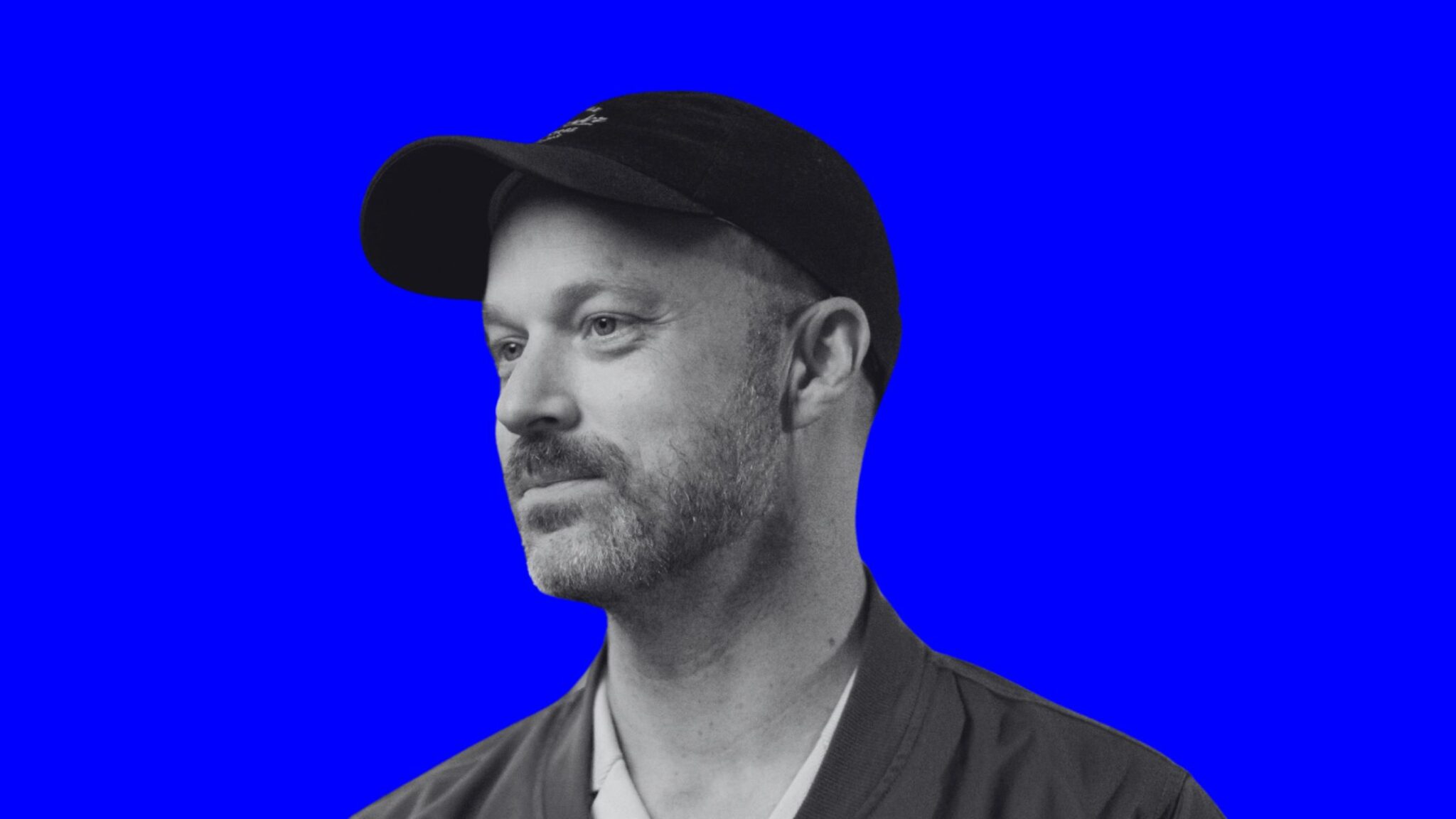
How reclaiming the ‘freedom to fail’ can transform your creative work from predictable to extraordinary.
Drawing from personal experience as both a performance artist and event director, there is a profound understanding of how creativity flourishes when there’s a balance between artistic freedom and purposeful direction. This approach has been instrumental in producing unconventional and impactful work. However, in classic agency settings, this balance is often disrupted by tight deadlines and stringent client requirements, stifling creativity by eliminating the necessary time for experimentation and failure.
In performance art, creativity is not just about executing movements but about interpreting instructions in a way that emotionally connects with the material and the audience.
Performers fill the space with their unique expressions, bringing life to the director’s vision, while the director meticulously crafts each task to fit into the greater vision with an acute awareness of how each move influences the overall outcome.
This collaborative process thrives on exploration and a willingness to embrace failure as a pathway to innovation. It’s through trial and error that artists and directors uncover new possibilities, leading to work that defies convention and resonates deeply with audiences.
The creative confinement in agency work
In contrast, classic agency environments often lack this dynamic. With pressing deadlines and the stress of meeting client expectations, there is little room for the iterative process that fosters true innovation. Teams of creatives are frequently required to deliver ideas that must be immediately successful, on budget, and perfectly aligned with client specifications.
Failure is an integral part of the creative journey. It’s through failed attempts that creatives learn, adapt, and eventually arrive at innovative solutions.
In performance art, rehearsals serve as spaces for experimentation, where ideas can be tested, discarded, or refined without the pressure of immediate perfection.
In agency work, however, the lack of time for failure often means the first or second idea must be finalised, leading to outcomes that are less original and more predictable. This not only hampers individual growth but also affects the overall quality and originality of the work produced.
Observations
– Without the opportunity to experiment, ideas remain surface-level and conventional.
– The fear of failure can lead creatives to stick with safe, familiar, or recycled concepts.
– Strict guidelines can make creatives feel like mere executors rather than contributors.
To bridge this gap, agencies can adopt strategies inspired by artistic processes and have more open conversations with clients to allow more time for creative development.
Outlined are some of our agency’s creative process tips
– Allocate time for experimentation and build schedules that allow for idea development and iteration.
– Encourage a safe environment for failure where unsuccessful attempts are viewed as learning opportunities.
– Empower creatives with autonomy to explore beyond the initial brief, fostering a sense of ownership and investment.
– Focus on the vision, not just the deliverables.
The startup mindset
Early-stage startups often experience their most creative periods precisely because they operate without the fear of failure. In these initial stages, there’s a unique freedom to experiment, iterate, and embrace risks, as the focus is on discovering what works rather than adhering to rigid expectations. This environment allows for rapid innovation as teams test bold ideas without the constraints often found in more established companies.
Embracing failure as a necessary step towards success can transform how agencies operate, leading to work that is not just effective but also original and inspiring. Just as in performance art, where the journey of creation is as important as the final performance, agencies and their clients can benefit immensely from valuing the creative process as much as the end product.